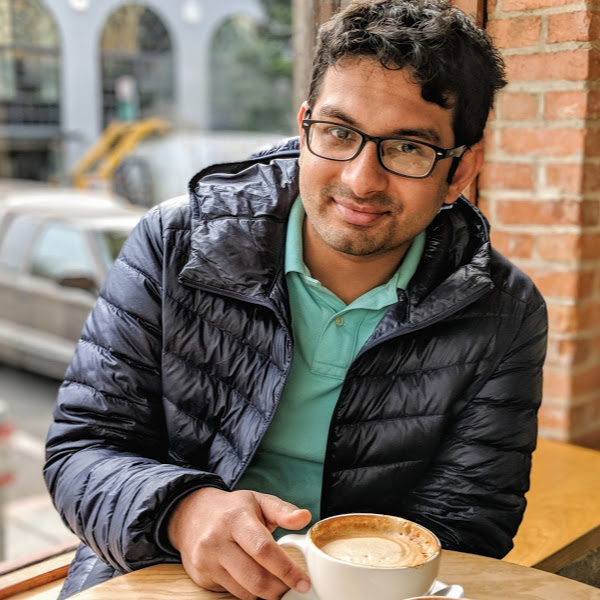
Debidatta Dwibedi
Debidatta completed his Masters in Robotics from the Robotics Institute at CMU. His research interests lie at the intersection of machine learning, computer vision, and robotics. More information is available here.
Research Areas
Authored Publications
Sort By
Google
XIRL: Cross-embodiment Inverse Reinforcement Learning
Kevin Zakka
Andy Zeng
Pete Florence
Jonathan James Richard Tompson
Jeannette Bohg
CORL (2021)
Counting Out Time: Class Agnostic Video Periodicity in the Wild
Yusuf Aytar
Jonathan James Richard Tompson
Andrew Zisserman
CVPR (2020)
Learning Actionable Representations from Visual Observations
Jonathan Tompson
Corey Lynch
International Conference on Intelligent Robots (IROS) (2018)
